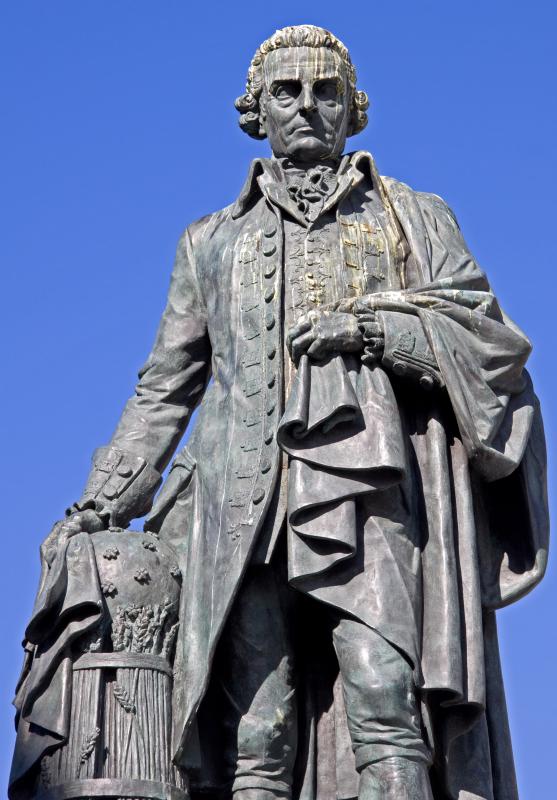At SmartCapitalMind, we're committed to delivering accurate, trustworthy information. Our expert-authored content is rigorously fact-checked and sourced from credible authorities. Discover how we uphold the highest standards in providing you with reliable knowledge.
What is the Invisible Hand?
The invisible hand is an economic metaphor used to describe movements within a financial system. This term was first used by the historical economist Adam Smith in his book The Wealth of Nations. The invisible hand is said to guide people in making their own economic choices based on supply and demand, competition and their individual desires. Since coming into prominence as an economic term, the invisible hand has been used to describe the unpredictable way humans act when in an ungoverned situation.
The economic version of the invisible hand is based on what Adam Smith saw as the most important methods a person used to determine his place in a market. Supply and demand is one of the cornerstones of any economic system. Higher supply or lower demand means a lower cost, while higher demand or lower supply means a higher cost.

The shifts in supply and demand are both influenced and created by consumers as they shop for goods. As prices drop, people buy more of something they would normally buy. As supply dwindles, people will buy goods at inflated process with the fear they couldn’t get them otherwise. These actions are said to be the hand guiding consumers to important factors.
The competition aspect of the invisible hand is what causes one product to succeed when a similar product failed. In this case, the hand guides people to companies that they are familiar with and products that they know. In the case of two new products, the consumers choose between products that they have seen or heard about in ads or from friends.
The last of Smith’s motivating factors is self-interest. This is the consumer’s desire to come out ahead in a deal. This may be from buying something on sale or by beating a competitor to a purchase. This is essentially the unpredictability factor when dealing with a free-thinking individual. What one person sees as maximum utility may be different from what another person sees.
Since the term was coined by economists, it has spread into other areas of social research. The invisible hand guides people to certain choices in their life. It reminds them of circumstances and situations from their past and encourages certain reinforced behaviors in the present. Many of these factors are outside the understanding of others.
The lack of defined reasoning behind personal choice has led to using the hand metaphor. In a totally free system, where a person doesn’t have to do anything specific or act a certain way, he will act in a way totally contrary to expectations a certain percentage of the time. These actions are based on these hidden or unknown motivations.
AS FEATURED ON:
AS FEATURED ON:











Discuss this Article
Post your comments